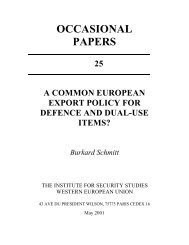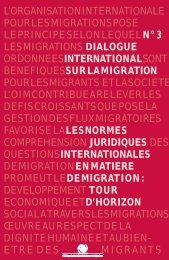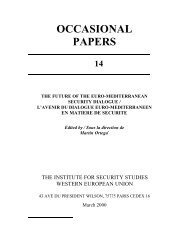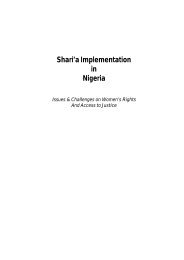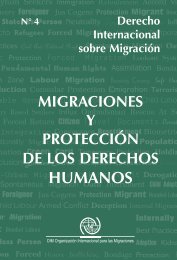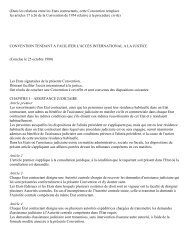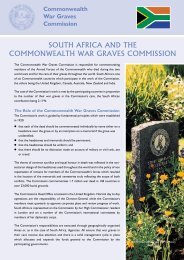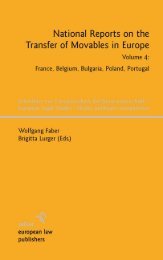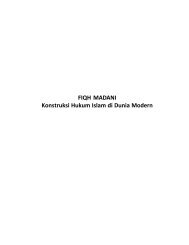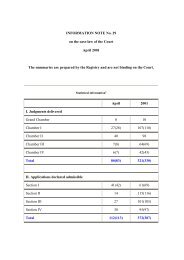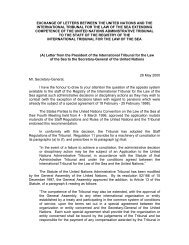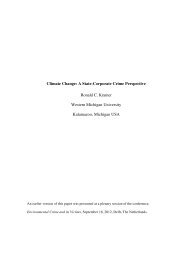Party Autonomy in International Property Law - Peace Palace Library
Party Autonomy in International Property Law - Peace Palace Library
Party Autonomy in International Property Law - Peace Palace Library
Create successful ePaper yourself
Turn your PDF publications into a flip-book with our unique Google optimized e-Paper software.
3. The Numerus Clausus and <strong>Party</strong> <strong>Autonomy</strong> <strong>in</strong> the <strong>Law</strong> of <strong>Property</strong><br />
right, that obligation will only be accepted as part of the property right if<br />
it resembles an obligation to ma<strong>in</strong>ta<strong>in</strong> and service land or build<strong>in</strong>gs, or an<br />
ancillary obligation to pay a charge for the use of the property of another.<br />
Ma<strong>in</strong>tenance and ancillary payment obligations are the sole examples of<br />
property obligations <strong>in</strong> faciendo form<strong>in</strong>g part of the statutory content of<br />
some types of property rights.<br />
More often, parties seek to reduce or restrict the scope of a particular<br />
property right. Three ways of do<strong>in</strong>g this can be dist<strong>in</strong>guished. The first<br />
is where the grantor and grantee of the property right agree that only<br />
certa<strong>in</strong> specified powers will accrue to the grantee and not all the powers<br />
normally aris<strong>in</strong>g from that property right. With respect to a right of<br />
usufruct, this could mean limit<strong>in</strong>g the statutory powers (usus and fructus)<br />
to, for <strong>in</strong>stance, the power to enjoy the physical fruits and the shade of<br />
a tree owned by the grantor (but not the dead wood). With respect to a<br />
servitude of way, this could mean restrict<strong>in</strong>g it to the right to enter the<br />
property on horseback for the purposes of a fox hunt. Modification of a<br />
property right by specify<strong>in</strong>g and restrict<strong>in</strong>g the powers conferred on the<br />
grantee – the power dimension – implies a deviation from the statutory<br />
content of such right.<br />
The second way <strong>in</strong> which parties attempt to restrict a property right is by<br />
limit<strong>in</strong>g its scope to a part of the property – the spatial dimension. The<br />
classic manner of effect<strong>in</strong>g a spatial delimitation of land is by vertically<br />
splitt<strong>in</strong>g the parcel <strong>in</strong>to two smaller ones. The Hoge Raad has held that<br />
such a delimitation is also possible if there is a build<strong>in</strong>g on it, provided<br />
that the build<strong>in</strong>g could, accord<strong>in</strong>g to common op<strong>in</strong>ion (verkeersopvatt<strong>in</strong>gen),<br />
also be split <strong>in</strong>to functionally and technically separate parts. 37<br />
Much more doubtful is the validity of splitt<strong>in</strong>g the rights to a build<strong>in</strong>g <strong>in</strong>to<br />
horizontally separate parts. Increas<strong>in</strong>gly, complex build<strong>in</strong>g projects are<br />
legally structured by grant<strong>in</strong>g separate property rights for different layers,<br />
such as a right of emphyteusis (erfpacht) for the underground park<strong>in</strong>g and a<br />
separate right of emphyteusis for the build<strong>in</strong>g’s foundations (the former be<strong>in</strong>g<br />
limited to the underground space) plus one or more separate rights of<br />
superficies (opstal) for one or more levels of the build<strong>in</strong>g above the ground.<br />
It is often difficult to say whether the parties <strong>in</strong>tended to create a property<br />
right <strong>in</strong> respect of only part of the property or a property right <strong>in</strong> respect of<br />
the whole property but conferr<strong>in</strong>g powers merely <strong>in</strong> respect of a specified<br />
37<br />
See <strong>in</strong> the Netherlands HR 29 May 1985, NJ 1986, 274 (Tandartsenpraktijk).<br />
T.H.D. Struycken 73<br />
© sellier. european law publishers<br />
www.sellier.de



